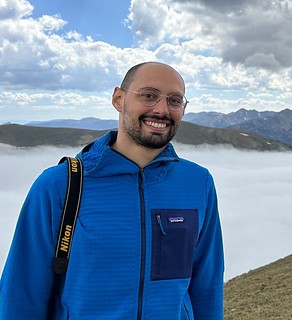
We study the low-energy effective action for relativistic superfluids obtained by integrating out the heavy fields of a UV theory. A careful renormalization procedure is required if one is interested in deriving the EFT to all orders in the light fields (at a fixed order of derivatives per field). The result suggests a general relation between finite density and spontaneous symmetry breaking for QFTs of interacting scalars with an internal global symmetry. The ground state at finite chemical potential of these systems is usually associated with a superfluid phase, in which the global symmetry is spontaneously broken along with Lorentz boosts and time translations. We show that this expectation is always realized at one loop for complex scalar fields with arbitrary UV potential in d > 2 spacetime dimensions. The physically distinct phenomena of finite charge density and spontaneous symmetry breaking occur simultaneously. We quantify this result by deriving universal scaling relations for the symmetry breaking scale as a function of the charge density, at low and high density. Moreover, we show that the critical value of μ coincides with the pole mass. The same conclusions hold non-perturbatively for an O(N) theory with quartic interactions in d = 3, at leading order in the 1/N expansion. In order to do this we compute analytically the one-loop effective potential at finite μ and zero temperature. As an application we derive in closed form the one-loop EFT for superfluid phonons for arbitrary UV scalar potentials in d > 2. From this we obtain analytically the one-loop scaling dimension of the lightest charge n operator in the phi^6 conformal superfluid in d=3, at leading order in 1/n, reproducing a numerical result of Badel et al.